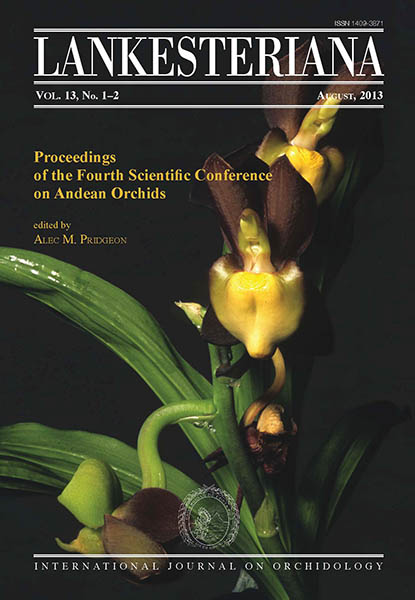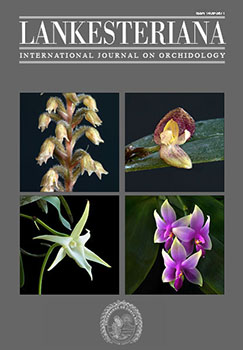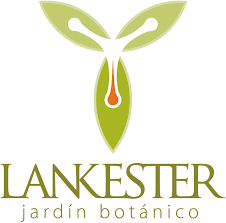Tropical orchid mycorrhizae: potential applications in orchid conservation, commercialization, and beyond
DOI:
https://doi.org/10.15517/lank.v0i0.11537Palabras clave:
corrhiza, fungi, orchidaceae, rhizoctonia, biological controlResumen
Orchid mycorrhizae are unique interactions in the plant kingdom involving all the orchids and a variety of fungi including Rhizoctonia. Orchids are one of the most charismatic plant families and include at least 20,000 species widely appreciated by specialist growers and scientists. They also include Vanilla, source of one of the most traded spices worldwide. Most mycorrhizal fungi belong to a group of basidiomycetes widely known for their pathogenic interaction with many crop plants including potatoes, rice, and beans. The main application of orchid mycorrhizal fungi is in the propagation of endangered and commercial orchid species, but we have recently documented an alternative use. The fungal symbionts of orchids have the ability to induce resistance to Rhizoctonia in rice plants, which opens new possibilities of biological control agents never previously imagined.Descargas
Los datos de descargas todavía no están disponibles.
Descargas
Cómo citar
Tupac Otero, J., Mosquera, A. T., & Flanagan, N. S. (2013). Tropical orchid mycorrhizae: potential applications in orchid conservation, commercialization, and beyond. Lankesteriana: International Journal on Orchidology, 13(1-2). https://doi.org/10.15517/lank.v0i0.11537
Número
Sección
Artículos
Licencia
Conforme con las Políticas de Acceso Abierto promovidas por la Universidad de Costa Rica, los derechos de autor de todos los artículos publicados en Lankesteriana se encuentran bajo una licencia Creative Commons y pueden ser descargados gratuitamente. Los derechos de autor y de publicación pertenecen a la revista bajo la licencia CC BY-NC-ND 3.0 CR.
Before the publication of the materials submitted by the author(s) in LANKESTERIANA, the author(s) hereby assign all rights in the article to the Lankester Botanical Garden.





